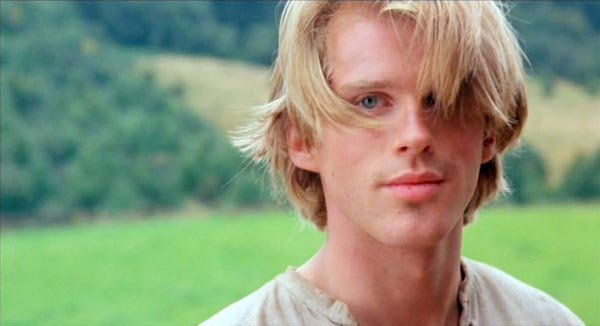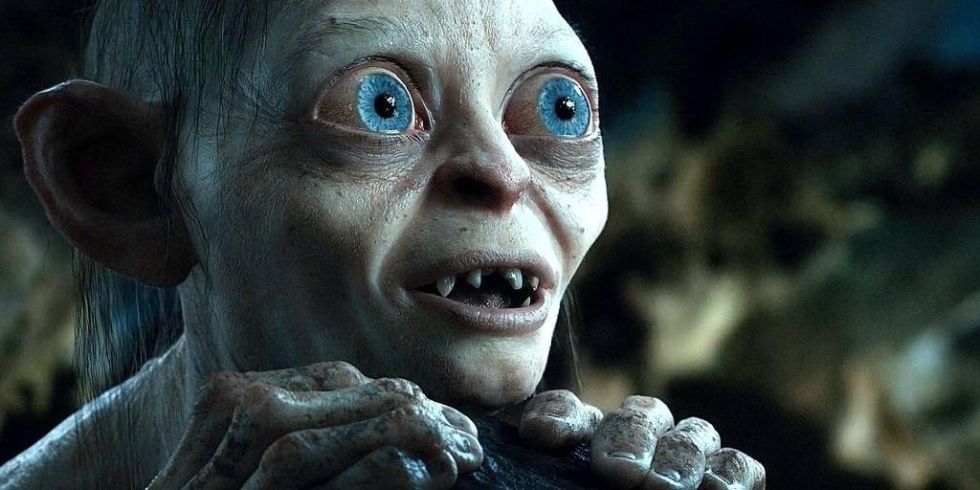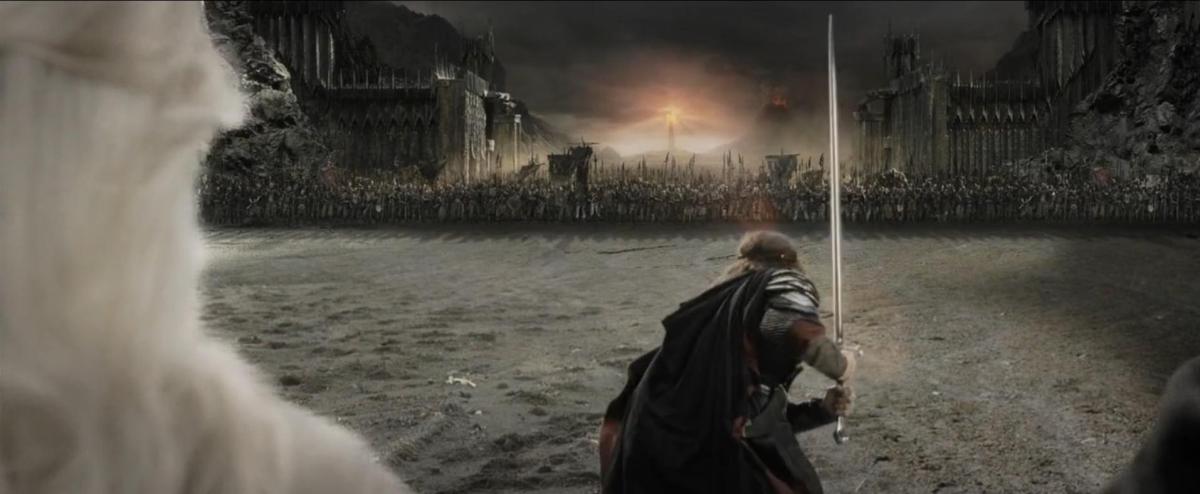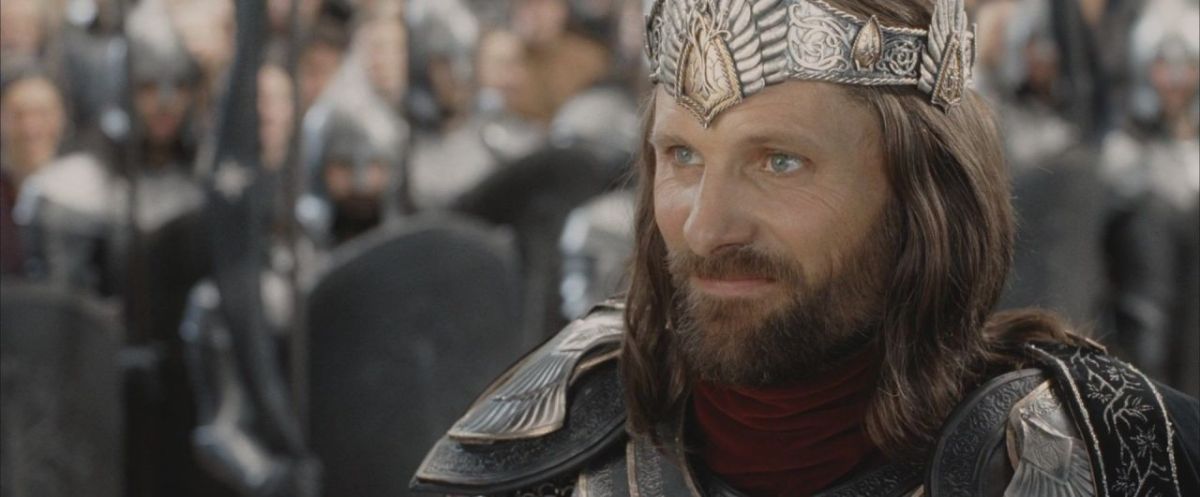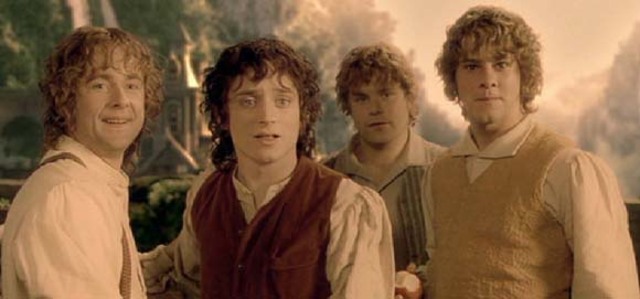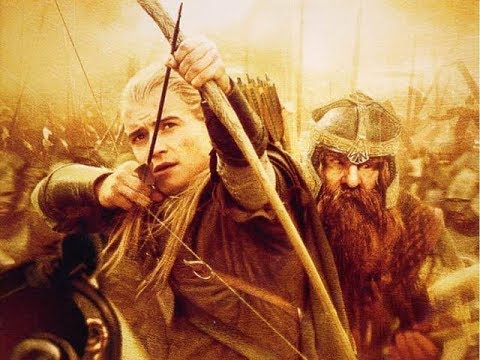Welcome back to Built of Stories, story addicts! I hope the winter holidays were kind to everyone, and that your New Year is off to a wonderful start! This year holds so much potential as we dive into stories we haven’t looked at before. Stories are one of those things that will always be there for you, no matter the ups and downs of life that you experience, and one of my main goals is to help the stories that you love become new and exciting again, so that you can see them in a new light. We’re going to do this for one of my favorite movies during the month of January. Let’s jump back into things and learn about The Princess Bride!
Today’s topic for discussion is the dashing hero of this beloved story: Westley himself. One of the interesting things about Westley is that most of his character development happens when he’s away sailing the seas, and, consequently, when we don’t see him. In The Princess Bride, it’s more like we see a before-and-after comparison of Westley’s character. Instead of growing and changing dramatically during the main body of the movie, Westley’s character has already been changed off-screen, and when he comes back to the spotlight, his new characteristics are tried and tested to demonstrate these changes.
When we first see Westley, he’s a humble farm boy carrying a torch for the (seemingly only) person he works for: Buttercup. Westley is a gentleman, however, and doesn’t insist on having his feelings recognizes. As as matter of fact, he doesn’t even overtly display his feelings, opting for a subtler series of hints we know as the phrase “as you wish”. He waited patiently for Buttercup to realize that he loved her, and waited longer still for her to realize that she loved him back. Like in nearly all stories, there is a moment of happiness… and then that moment ends.
Westley knows that his status is meager, and recognizes that he has no money for marriage. So he resolves to find work on a ship and set sail, returning the moment he can provide for his love. Buttercup soon receives the news that his ship was attacked by the Dread Pirate Roberts, however, and Westley was among the casualties. Later on, it is revealed that Westley wasn’t really killed, but taken in by Roberts and trained up to be the next pirate bearing that name.
When Westley comes back, we see all sorts of changes in him. He is confident and walks tall. He is witty and cunning, skilled with a sword and knowledgeable in the ways of battle. But one thing hasn’t changed: his deep love for Buttercup. Thanks to this, he is deeply hurt when he first sees her again, for while he was gone, Prince Humperdink, exercising his legal right, chose Buttercup to be his bride. When Westley returns, Buttercup and Humperdink are engaged, and Westley doesn’t know what to think. He feels betrayed, and it’s only after Buttercup explains that he is at rest knowing that she still loves him as well.
Westley is, from a writing standpoint, classic hero material. Ridiculously handsome, kind and loving, willing to die for his love – what more could a girl as for in the hero of a romance story? A lot of things about The Princess Bride are seen as massively cliche, and in some cases people who say that aren’t entirely wrong. As this month progresses, though, we’re going to look at not only what elements of this story make it cliche, but more importantly, what the author and director did with those cliches to make them fresh and interesting and humorous. We will look at one of these such elements of story this coming Monday; join us as we explore Prince Humperdink’s character!

